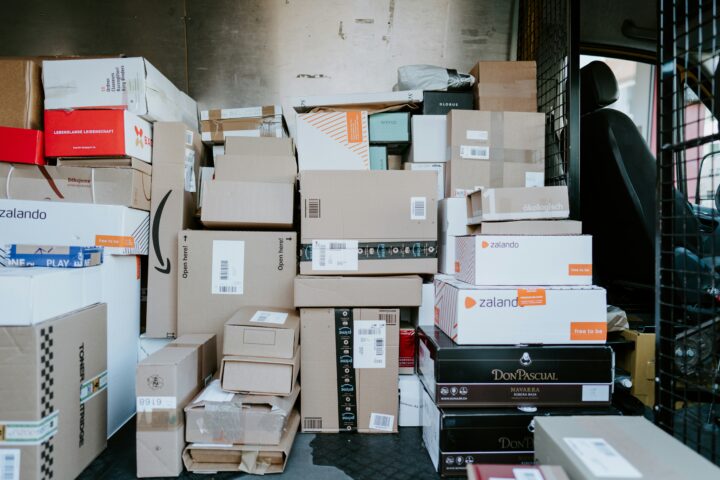
Every economy relies heavily on its small business sector. They contribute significantly to job creation and generate wealth for their owners and employees. As a business owner, you must do what you can to shield your company from potential harm. This article will explore some key steps you can take to safeguard your small business.
Secure Your Premises
Securing your business is essential. Security can be improved by installing alarms, cameras, and access control systems. Additionally, your property’s entry points, such as doors and windows, should be made of strong materials to deter intruders.
According to Scientific American, tempered glass is four times stronger than “ordinary” or annealed glass. Tempered glass can make it harder for intruders to break in. Lighting inside and outside your business can also deter intruders. Additionally, hiring a security guard can patrol your property after hours can ensure someone is on the premises should someone attempt to break in.
Protect Your Data
Data protection is essential for all businesses. Implement a strong password policy and use two-factor authentication whenever possible. In addition, keep software and hardware updated with security patches. To prevent theft, accidental deletion, and hardware failure, backup your data regularly. Finally, use cloud-based data backup services to prevent data loss and theft.
Get the Right Insurance Coverage
Obtaining the right insurance coverage is essential to protecting your small business from various risks. Different types of insurance coverage may be required depending on the nature of your business. In addition to these standard forms of insurance, it’s also important to consider the potential risks of environmental damage, such as mold growth.
According to Comfy Living, mold can start growing within 24-48 hours after water damage. This can pose a significant risk to the health of employees and customers and the integrity of your business operations. If you spot mold, it’s imperative to find a mold removal service to address the issue immediately.
Develop a Disaster Recovery Plan
No business is immune to disasters, whether natural or man-made. A disaster recovery plan is a roadmap that outlines the steps you’ll take to recover your business after a disaster. Your plan should include procedures for dealing with power outages, fires, floods, cyber-attacks, and other disasters that may affect your business.
To develop a disaster recovery plan:
- Start by identifying the potential risks that your business may face.
- Develop a set of procedures to help you minimize those risks’ impact.
- Test your plan regularly to ensure it’s effective and current.
Maintain Good Relationships with Customers and Suppliers
Maintaining good customer and supplier relationships is another important aspect of protecting your small business. Good relationships can help you weather difficult times and ensure your business continues smoothly. Treat your customers and suppliers respectfully, and keep them informed about any changes affecting them.
Stay Up to Date with Legal and Regulatory Requirements
Small businesses are subject to a wide range of legal and regulatory requirements. Staying current with these requirements can help avoid penalties, fines, and legal disputes. Some legal and regulatory areas to which you should pay attention include employment law, tax law, data protection law, and health and safety regulations.
Educate Your Employees
Educating your employees is critical in protecting your small business from various risks. Proper training can help your employees understand security policies and procedures and recognize and avoid common scams and cyber threats, such as phishing emails and social engineering attacks. In addition to training on security issues, educate your employees on other topics that can impact your business’s bottom line, such as energy efficiency. According to Loving Air, your energy bill could drop by as much as 15 percent after a month of filter replacements. This can help your business save money and reduce its environmental impact.
Taking action to protect your small business is essential for its long-term success. By implementing the steps outlined above, you can safeguard your business from various risks and ensure it continues operating smoothly. With a proactive approach to risk management, you can give your small business the best chance of success.



